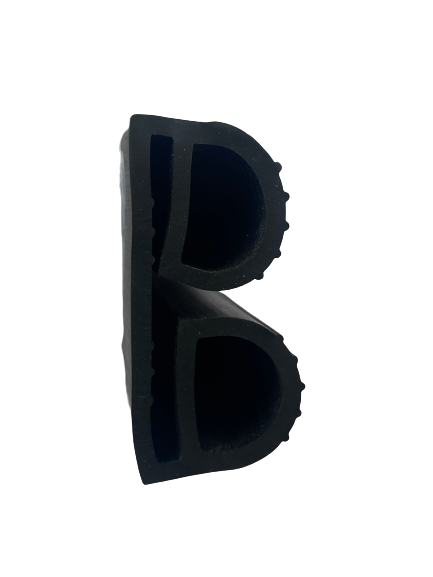Nov . 12, 2024 03:37 Back to list
specific gravity of neoprene rubber
Understanding the Specific Gravity of Neoprene Rubber
Neoprene rubber, also known as polychloroprene, is a versatile synthetic rubber that has become increasingly popular in various industries due to its unique properties, including excellent chemical resistance, flexibility, and durability. One of the key physical properties of neoprene rubber that often fascinates engineers and material scientists is its specific gravity. Understanding specific gravity is crucial in various applications, from manufacturing to product development.
What is Specific Gravity?
Specific gravity is a measure of the density of a substance compared to the density of water. It is calculated by dividing the density of the material by the density of water (1 g/cm³ at 4°C). For example, if a material has a density of 0.9 g/cm³, its specific gravity would be 0.9, indicating that it is less dense than water and would float. Conversely, a material with a specific gravity greater than 1 will sink in water. Specific gravity is a dimensionless quantity, making it a useful property for comparing materials without the influence of unit measurements.
Specific Gravity of Neoprene Rubber
The specific gravity of neoprene rubber typically ranges from 1.1 to 1.5, depending on the formulation and the presence of additives. This range indicates that neoprene is denser than water and will not float when submerged. The variations in specific gravity can be attributed to different processing techniques, types of fillers used, and the specific grades of neoprene. For instance, neoprene with higher filler content may exhibit increased specific gravity due to the denser materials introduced during the compounding process.
Why is Specific Gravity Important?
specific gravity of neoprene rubber

The specific gravity of neoprene rubber plays a vital role in different applications
1. Application in Industries Knowing the specific gravity helps engineers determine how neoprene will perform in specific scenarios, such as in buoyancy applications, where lightweight materials are preferred, or in cases where added weight is beneficial for certain stability characteristics.
2. Material Selection In industries ranging from automotive to construction, the right type of neoprene rubber must be selected based on its specific gravity. Lightweight varieties may be utilized in applications such as wetsuits and life jackets, while denser grades may be suitable for seals, gaskets, and vibration dampeners.
3. Processing and Manufacturing Manufacturers consider specific gravity when designing production lines and choosing equipment for handling neoprene. Specific gravity influences how materials flow during processing, how they can be mixed, and ultimately how they perform in their final applications.
4. Performance Predictability When evaluating the performance attributes of neoprene rubber, understanding its specific gravity allows designers to predict how the material will interact with other substances, including how it will react to forces such as pressure, compression, and shear.
Conclusion
In conclusion, the specific gravity of neoprene rubber is a critical property that impacts its applications and performance across various industries. Its ability to resist oil, chemicals, and extreme temperatures, combined with its unique density characteristics, makes neoprene a highly suitable material for a wide range of uses. By comprehending the specific gravity of neoprene and how it correlates with the material's overall efficiency, performance, and application, engineers and product developers can make informed decisions that contribute to the success of their projects. As industries continue to evolve, the understanding of materials like neoprene will remain essential for innovation and development.




